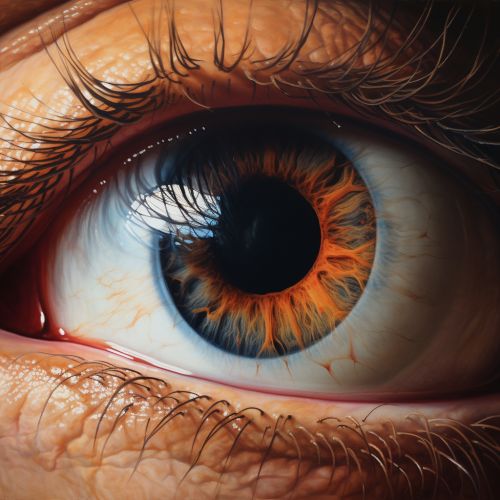Cataract
Overview
A Cataract is a clouding of the lens in the eye, leading to a decrease in vision. It can affect one or both eyes and is often related to aging. Cataracts are the most common cause of vision loss in people over the age of 40 and are the principal cause of blindness worldwide.
Causes
Cataracts develop when aging or injury changes the tissue that makes up the eye's lens. Some inherited genetic disorders that cause other health problems can increase one's risk of cataracts. Cataracts can also be caused by other eye conditions, past eye surgery, or medical conditions such as diabetes.
Symptoms
The most common symptoms of a cataract are cloudy or blurry vision, colors seem faded, glare, poor night vision, double vision or multiple images in one eye, and frequent prescription changes in eyeglasses or contact lenses.
Diagnosis
Cataracts are diagnosed through a comprehensive eye exam, including patient history, visual acuity measurement, refraction, dilated eye examination, and testing of intraocular pressure.
Treatment
Treatment of cataracts is typically surgical. During surgery, the surgeon removes the clouded lens and replaces it with a clear, artificial lens. The artificial lens, called an intraocular lens, is positioned in the same place as the natural lens, and it remains a permanent part of the eye.
Prevention
While there is no surefire way to prevent cataracts, some measures may help slow their development. These include reducing exposure to sunlight, quitting smoking, and managing other health conditions like diabetes.


